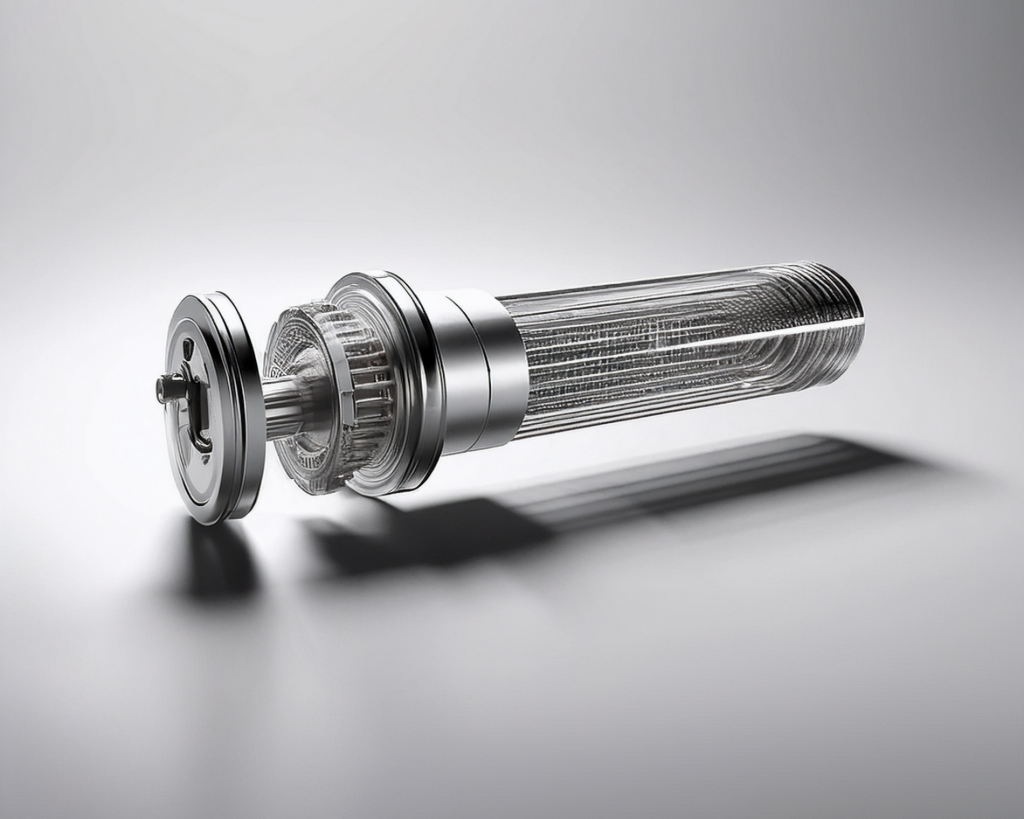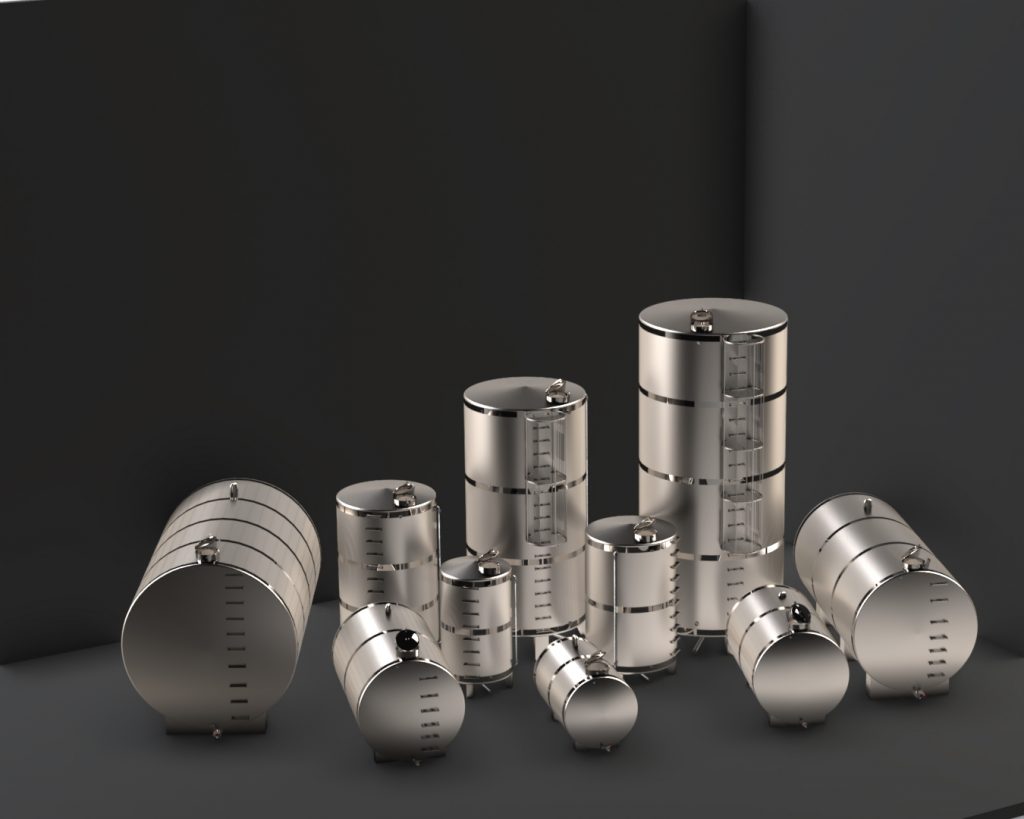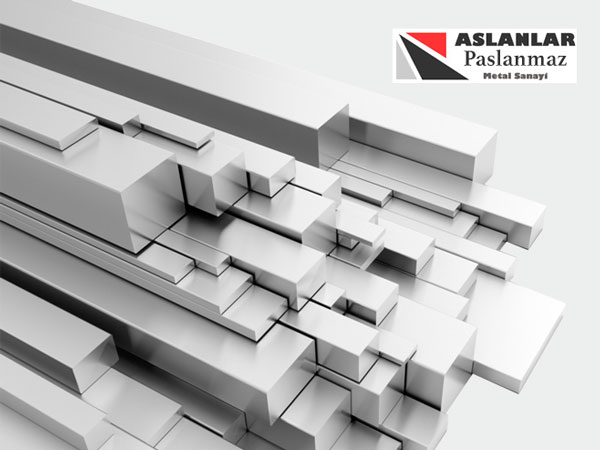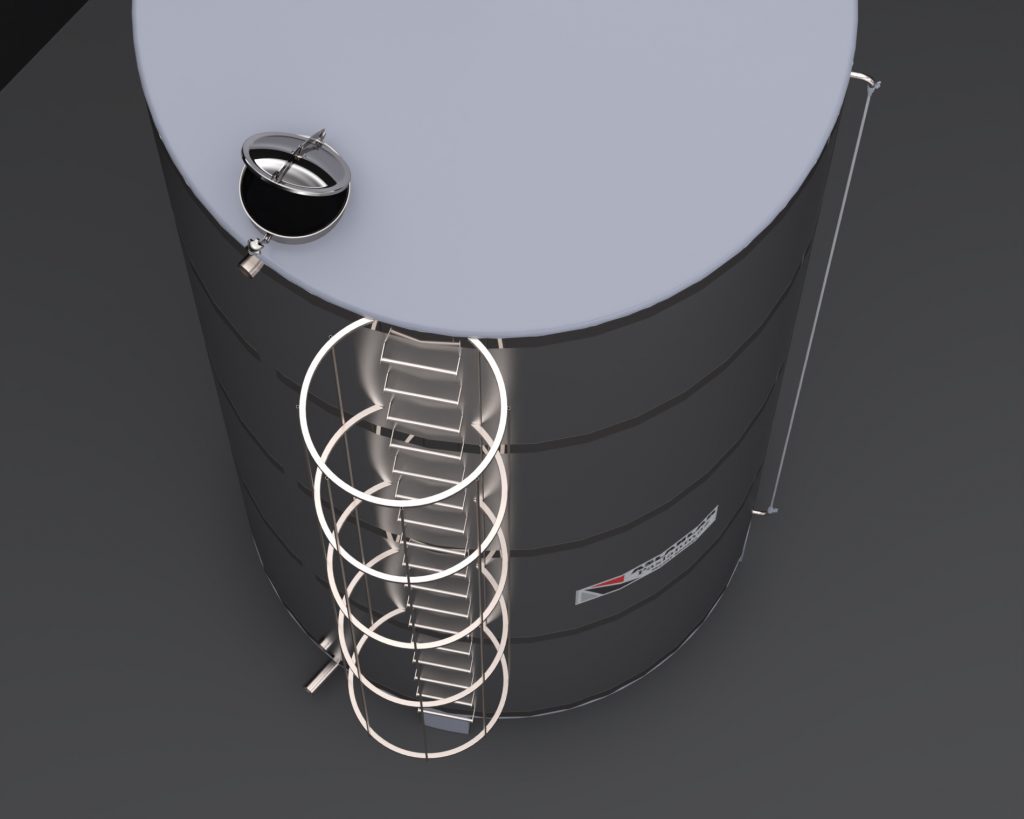İlaç Endüstrisi İçin Paslanmaz Reaktörler: Kapsamlı Rehber 1. Giriş İlaç üretimi, hijyenik ve güvenli koşullarda yürütülmesi gereken kritik bir süreçtir. Üretim sırasında kullanılan ekipmanların yüksek kalite standartlarına sahip olması gerekir. Paslanmaz çelik reaktörler, ilaç endüstrisinde kimyasal reaksiyonların kontrollü bir ortamda …
Read More






